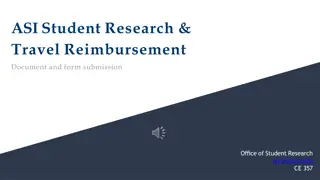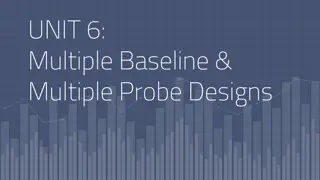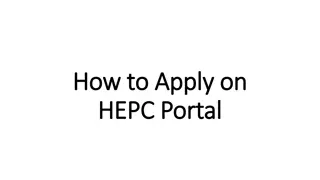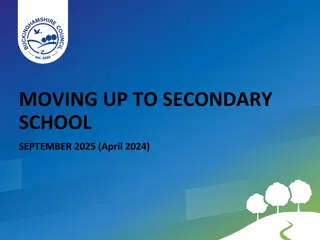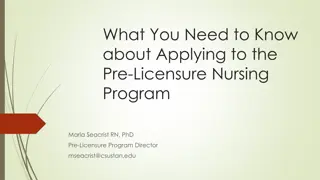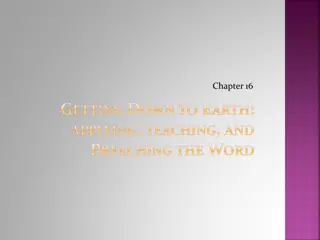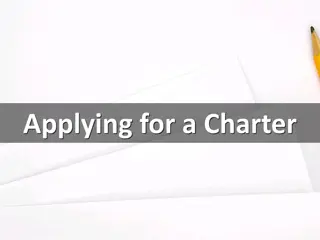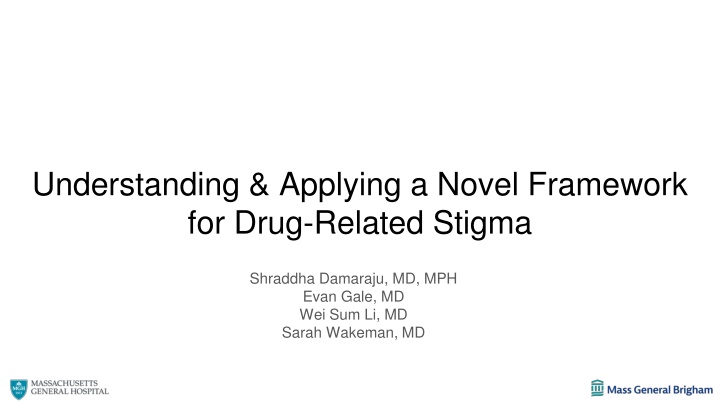
Novel Framework for Drug-Related Stigma: Understanding and Applying Strategies
Explore a novel framework for addressing drug-related stigma, focusing on classification, consequences, and interventions to combat stigma faced by communities. Understand the levels of discrimination and the focus on misconceptions about persons who use drugs. Practice destigmatizing clinical documentation for patients using drugs.
Download Presentation

Please find below an Image/Link to download the presentation.
The content on the website is provided AS IS for your information and personal use only. It may not be sold, licensed, or shared on other websites without obtaining consent from the author. If you encounter any issues during the download, it is possible that the publisher has removed the file from their server.
You are allowed to download the files provided on this website for personal or commercial use, subject to the condition that they are used lawfully. All files are the property of their respective owners.
The content on the website is provided AS IS for your information and personal use only. It may not be sold, licensed, or shared on other websites without obtaining consent from the author.
E N D
Presentation Transcript
Understanding & Applying a Novel Framework for Drug-Related Stigma Shraddha Damaraju, MD, MPH Evan Gale, MD Wei Sum Li, MD Sarah Wakeman, MD
Disclosures Dr. Shraddha Damaraju: None to disclose Dr. Evan Gale: None to disclose Dr. Wei Sum Li: None to disclose Dr. Sarah Wakeman: Author, UpToDate Textbook Editor, Wolters Kluwer & Springer
Basic Assumptions Everyone in this community of attendees comes with a depth of experience, lived and academic, and is here to learn from one another. Everyone has a shared goal of promoting health equity & justice, particularly for black & brown communities disproportionately made vulnerable by intersecting systems of oppression. We (facilitators) are not perfect narrators, nor experts on lived experience with substance use disorder; we are here to learn alongside participants in today s workshop. Our framework is imperfect, and cannot capture the complex interplay between racism, classism, capitalism, the patriarchy, and other oppressive systems that produce drug-related stigma.
Objectives Classify different examples of drug-related stigma into categories (person, substance, disorder) in a novel conceptual framework. Synthesize the consequences of real instances of stigma faced by PWUD into three levels of effects (self, public, systemic). Connect examples of stigmatizing beliefs related to drug use specifically faced by communities of color to the broader system of structural racism. Design interventions addressing aforementioned instances of stigma, based on the three levels of effects (self, public, systemic). Practice applying this framework to destigmatize clinical documentation for patients who use drugs.
What is Stigma? It is the relationship between an attribute, such as drug use, and a stereotype that assigns undesirable labels, qualities, and behaviors to a person exhibiting the attribute. - The National Center on Substance Abuse and Child Welfare
Levels of Discrimination Systemic Foci of Stigma Public Self Person Lead to THOUGHTS ACTIONS
Stigma Focus The Person Core misconceptions: PWUD are untrustworthy, immoral, dangerous, criminal, lazy, etc. Drug seeking label Conflating substance use with morality
Examples SYSTEMIC: harm reduction services are seen as enabling and illegal in many states. PUBLIC: NIMBYism; communities inherently mistrust and block public health interventions for SUD in favor of keeping their neighborhood more safe The Person SELF: people avoid seeking treatment for SUD, believing it s their fault & lack of willpower.
Stigma Focus The Substance Core misconceptions: Licit vs. Illicit substances are inherently different MOUD = replacement addiction
Examples SYSTEMIC: differential approach for overdose prevention centers vs. bars PUBLIC: public attitudes on different substances inform how people who use different drugs are treated: cocaine (criminal) vs. adderall ( high functioning , cool) The Substance SELF: people avoid MOUD, internalizing that it s just a replacement addiction
Stigma Focus The Disorder Core misconceptions: Patronizing or over- medicalizing the experience of SUD Assuming SUD = no autonomy Rock bottom philosophy
Examples SYSTEMIC: involuntary or coercive treatment modalities PUBLIC: people don t intervene & provide support to PWUD early on, believing that tough love or them needing to hit rock bottom is just part of the disease course The Disorder SELF: people believe that drug use & sequelae of SUD are not treatable
Stigma & Racism Are Intertwined RACISM: the systemic oppression of a racial group to the social, economic, and political advantage of another. War on Drugs Mass incarceration Disinvestment Different narratives for different communities using drugs Dr. Ayana Jordan s work highlights the intersection of racism & drug-related stigma. Longstanding harm to black & brown communities
Stigmas Rooted in Racist Beliefs Approach to crack vs. powder cocaine Believing that OUD and overdose deaths affect predominantly white communities. Treatment/rehab approach for white people, criminalization for POC. Believing POC are more likely to buy, use, or sell drugs.



